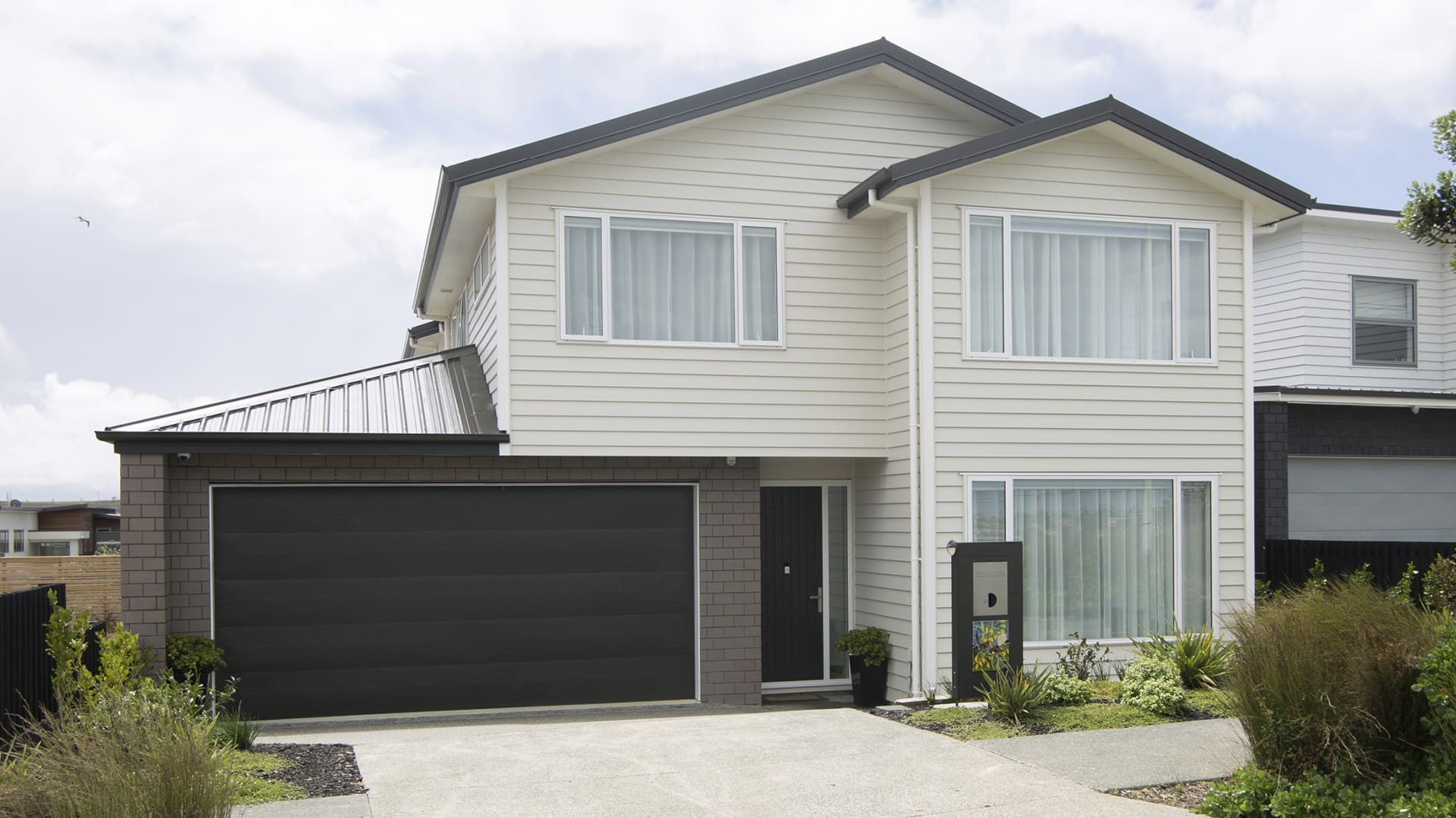The Silent Epidemic: Our Breathing
A curious and silent phenomenon has crept into society. Its effects have become evident in our workplaces, our schools and our homes. Without realising, we have become a population of chest-breathers, and when we shallow breathe, into our chest, it intricately changes our state.
Disguised as anxiety, poor sleep, fatigue, constant rushing, insecurity, lack of focus, overthinking, and more, the way we breathe is a little-understood factor contributing to the modern-day epidemic of overwhelm.
This is not about breathwork. It’s not about mindfulness or meditation. It’s about understanding how humans are designed to breathe with every breath, how and why this has changed, and the direct impact this has on our physical and mental capability.
Breathing Physiology.
Science is catching up with a deeply inherent aspect of our physiology.
From prolific, neuroscientist pod-casters, to leading, world-class health-journalists, to elite athletes – think Dr Andrew Huberman, James Nestor, Novak Djokovic, the All Blacks – the way humans breathe is recognised as directly linked to high performance and mental capability.
And, like pieces forming the perfect puzzle, we have learned that shallow, chest-breathing activates our Stress Response, and deeper, diaphragmatic breathing ensures optimal functioning of our Executive Systems and indeed all of our biological systems.
To use a familiar example to explain this, think about when you get a fright – someone unexpectedly appears in the dark when you’re walking at night, or you inadvertently step onto the road in front of a moving car – in those moments you take an involuntary breath of fright, short and sharp and into your chest. You will have experienced a version of this, however what you probably didn’t realise is that the short, sharp, shallow breath is designed to activate your stress response, so that you are best prepared to deal with the danger. It’s that chest breath that changes your state.
Conversely, good functional breathing, fully into your lungs, signals to your body that all is well, and ensures that each of your biological systems work efficiently. This is the state that we should be in most of the time – breathing properly, into our lungs with each breath, enabling optimal function and good health. We are designed to work well and live fully, all while breathing properly – getting ready for work, meeting deadlines, managing priorities, dealing with challenges. Breathing properly is our natural state. We were born breathing properly, and we continued to breathe properly, until the pressure of modern life changed it, and sadly, it’s happening to us younger and younger.
Why has our breathing changed and how have we missed this?
Over the last three decades the pace and pressure of our lives has created an ‘always-on’ culture. Screen-time, being constantly accessible, eating-on-the-run, blurred lines between home and work, rush, change, uncertainty have caused our breathing to shift from where it’s supposed to sit in our belly, into our chest. And as this pace of life has continued, our shallow, chest breathing has become a pattern. What we’ve failed to realise is that almost all factors of today’s fast-paced, pressured life shift our breathing into our chest.
When we understand this, we can see that our breathing is literally holding us in a state of overwhelm.
‘Breathing’ has typically been the medical domain of the respiratory system and lung function, or at the other end of the scale; yoga or meditation which some people perceive as flaky.
For this reason, when people experience anxiety, poor sleep, feelings of panic, headaches, poor recall, nervousness, mood swings, forgetfulness, trouble making decisions, overwhelm, these symptoms would typically and understandably be explained as the result of an over-burdened life and rarely, if ever linked to breathing patterns.
As a result, 90% of us aren’t breathing properly, and it’s remaining unchecked.
We desperately need to circuit break our poor breathing patterns, and train our body to breathe properly again. And when we do, we will be staggered at the difference it makes.
A New Zealand case study.
In 2021, we commenced the first of its kind 7-Day Challenge with 350 participants from The Warehouse Group and Microsoft NZ. We sought to measure improvements in sleep, anxiety and energy by changing the way participants breathe, every day, while they worked, within a 7-Day period.
All other conditions of the employees life and work remained the same – the only change made was to their breathing.
I had spent the previous four years gathering research about breathing, anxiety, overwhelm and modern-day pressures, and wanted to trial my theory in a workplace setting, at scale. Most of the research and insights were from academic and clinical settings and I wanted to test the application of this science with a cohort of everyday, real people under pressure.
The challenge returned swift and compelling results with 76% of people improving their sleep, 96% of people feeling calmer, and 86% of people having more energy, within seven days. This further fuelled our curiosity – if this was the impact on 350 people simply by adjusting their breathing; what has happened to our breathing in this era, and what could this mean for society.
Do you breathe properly?
Breathing has a very complex role in our body. Despite this complexity, it can be easy to change and regulate once you’re aware of it.
How to reset your breathing patterns.
Changing your breathing patterns will feel as unusual as attempting to fold your arms the opposite way – awkward, over-engineered, hard to remember. However, you’ll notice this changing within a few days.
When you wake in the morning, place your hands on your tummy and take 10 relaxed breaths so that your tummy rises gently. This helps you get familiar with what breathing properly feels like before you start the rush of your day. If you get distracted while you’re counting [very common] simply start again.
Download the Take a Breath app and use the Breathe-trainer [free] to set regular intervals during the day that remind you to take a proper breath. The recommendation is every 30 minutes. This sounds like a lot, however you needn’t stop what you’re doing – just take one good breath. Continue this daily for a minimum of seven days.
When you go to bed, place your hands on your tummy again and take 10 relaxed breaths so that your tummy gently rises. If you wake during the night, do the same.
We’re living in an incredible era of technology and innovation, that places so much emphasis on optimising the world around us. Now more than ever, it’s essential to rediscover the
extraordinary system within us. Be curious about your breathing. Be deliberate about correcting it. It could very well change your life.
Sarah Laurie is a Best-selling author, speaker. Founder of breathing software company; Take a Breath.
takeabreath.world
Check your breathing using these simple indicators:
1. Place one hand on your tummy and the other on your chest. Take a deep breath and see which hand moves. It should be the one on your tummy [if the hand on your chest moves it’s an indicator that you’re chest breathing.]
2. Count how many breaths you take per minute. When you’re at ease a satisfactory rate is between 10-12 [if your breathing rate is higher it’s an indicator that you’re chest breathing].
3. Measure your BOLT score. [Body Oxygen Level Test]. Take a regular, deep breath, gently exhale and then hold. Count how many seconds before you need to inhale again. Ideally this should be over 20 seconds. This is not a test for how long you can hold your breath, before gasping! It’s a test that measures how long before you need to inhale in a relaxed manner, and is an indicator of your breathing efficiency.











